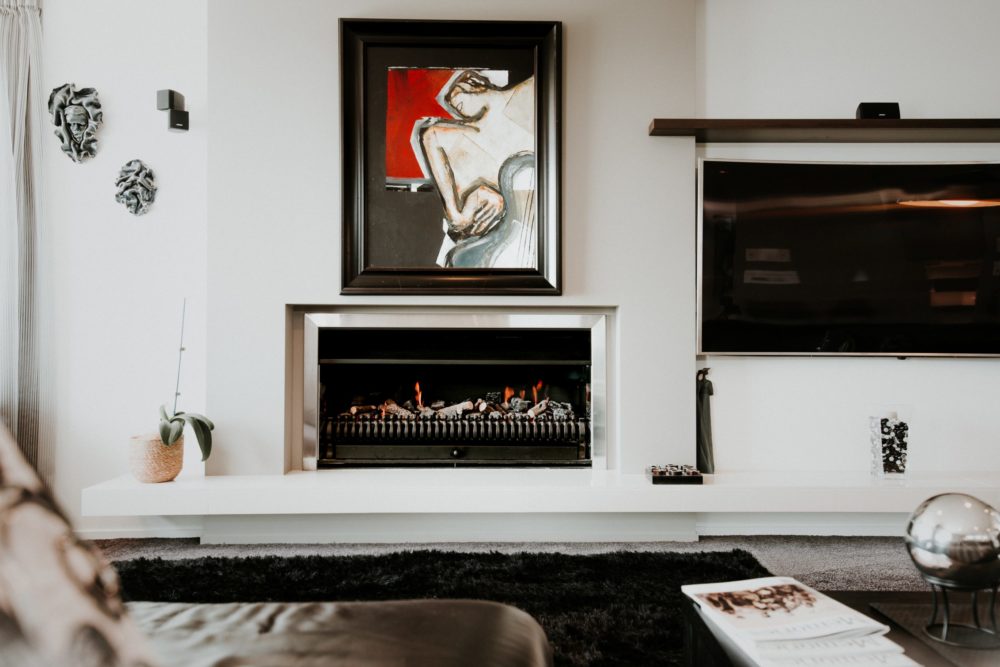
Compared to other parts of the country, Arizona is blessed with beautiful hot summers and relatively mild winters.
That being said, it’s not immune to the occasional cold snap when temperatures can reach to almost freezing levels at night. Even during the average winter, nights can drop down to well below 50F.
Many Arizona homeowners choose to heat their homes in winter using either natural gas, propane or electricity via a heat pump, each of which comes with pros and cons. Even through mild winters, most homeowners want to keep their heating expenses as low as possible—after all, why would you waste money if there was no need!
These 10 tips will help keep your energy bills low in the cooler winter months, putting money back where it belongs—in your wallet!
- Keep up with the required maintenance and cleaning of your natural gas furnace. You can ensure your natural gas heating system is running at maximum efficiency by getting it serviced each year before the cold season sets in. This will ensure all components are functioning properly. When its air intake, ducts, and filters are clean and free of obstructions, the furnace does not have to work as hard to pump hot air around your home, increasing the efficiency and effectiveness of your furnace. It also eliminates potential fire hazards and keeps the air in your home cleaner.
- Consider upgrading an older furnace for better efficiency. Furnaces that are more than 10-15 years old won’t benefit from the lower estimated gas consumption of new models. New furnaces can be 95-98% efficient, compared to 70-80% efficiency of old furnaces. It’s worth investing a bit of time to determine how much a new furnace could save you in lower gas bills. If it works out to be more than 20 to 30%, it may be worthwhile to upgrade. Some people choose to replace their furnace with a heat pump. There are pros and cons of both to consider before making the switch.
- Make better use of your thermostat. If your home is empty for the same time periods every day, or week, turn your thermostat down, or even off. For example, if Thursday evenings are soccer practice, and you are out of the house every week from 6-8 p.m., set your thermostat to turn the heat off from 6pm to 7.30 p.m. This way it will be warming back up by the time you return. In this example, 24 hours of heating time would be saved over a four-month period. Smart thermostats can be programmed to automatically maintain optimal efficiency and can even learn from your daily habits, tweaking the temperature in your home for maximum energy savings.
- Check the insulation in your attic and walls, and weather stripping around doors and windows. Poor insulation and drafty doors and windows let cold air enter your home more easily, and allow heat in the house to escape. Weatherproof them to help seal that warm air inside.
- Don’t let heat escape unnecessarily. When you have to open an exterior door, do it quickly and don’t let heat escape. If your home has a fireplace that you aren’t using, be sure the damper is closed. When someone in the home is having a shower, don’t use the exterior fan, instead open the bathroom door to let the warm steam spread throughout the home.
- Air dry your laundry. While not always feasible, if you can find space in your basement, bathroom or other areas to air dry your bulky winter clothes, you will thank yourself every month when the gas bill arrives!
- Set the water heater to a lower temperature. Thermostats are often preset upon purchase at 140 degrees Fahrenheit, which is hotter than necessary. 120 degrees Fahrenheit will usually suffice. According to the U.S. Department of Energy, you can lower your energy costs by 3-5% if you lower your water temperature by 10 degrees.
- Close curtains at night. Not only will this stop people being able to see into your home, but nice heavy drapes provide an extra layer of insulation and block drafts in the nighttime, especially if you have older windows.
- Check the exterior of your heating unit outside. Avoid stacking anything against the heat pump or draping anything over it, and if it looks dirty, hose it down to clear it of dirt, leaves and grass clippings.
- And finally, bundle up! Put a sweater on and grab a pair of socks. If you want to save money on your heating bill, don’t expect to be comfortable inside in a t-shirt. Put on a few extra layers, turn the heat down a couple of degrees and get cozy under a blanket! According to the American Council for an Energy-Efficient Economy (ACEEE), you can save about 3% on your gas bill for every degree you decrease on the thermostat!
If high heating bills in the winter are adding to your winter blues, try implementing these ten tips. Small changes in day-to-day behavior can create opportunities to save money, and it really doesn’t take that much effort to save a lot, as long as you’re consistent. See how much of a difference it makes to your monthly bill. It might surprise you!
RP Gas Piping is a leading Arizona natural gas installation company. We ONLY install natural gas piping, propane systems, and related products so you are sure to get the safest, best, and most expert installation. We are proud to have helped countless homeowners achieve and maintain comfort with new heating systems, and we are committed to ensuring you receive the comfort you deserve. For all of your new heating equipment needs, we look forward to assisting you. Get in touch for an estimate.
Enjoyed this article? Here are three more to help you:
Is replacing a furnace with a heat pump a good idea?
10 Commonly Asked Questions about Natural Gas
Electricity Vs Natural Gas: Which is greener?

